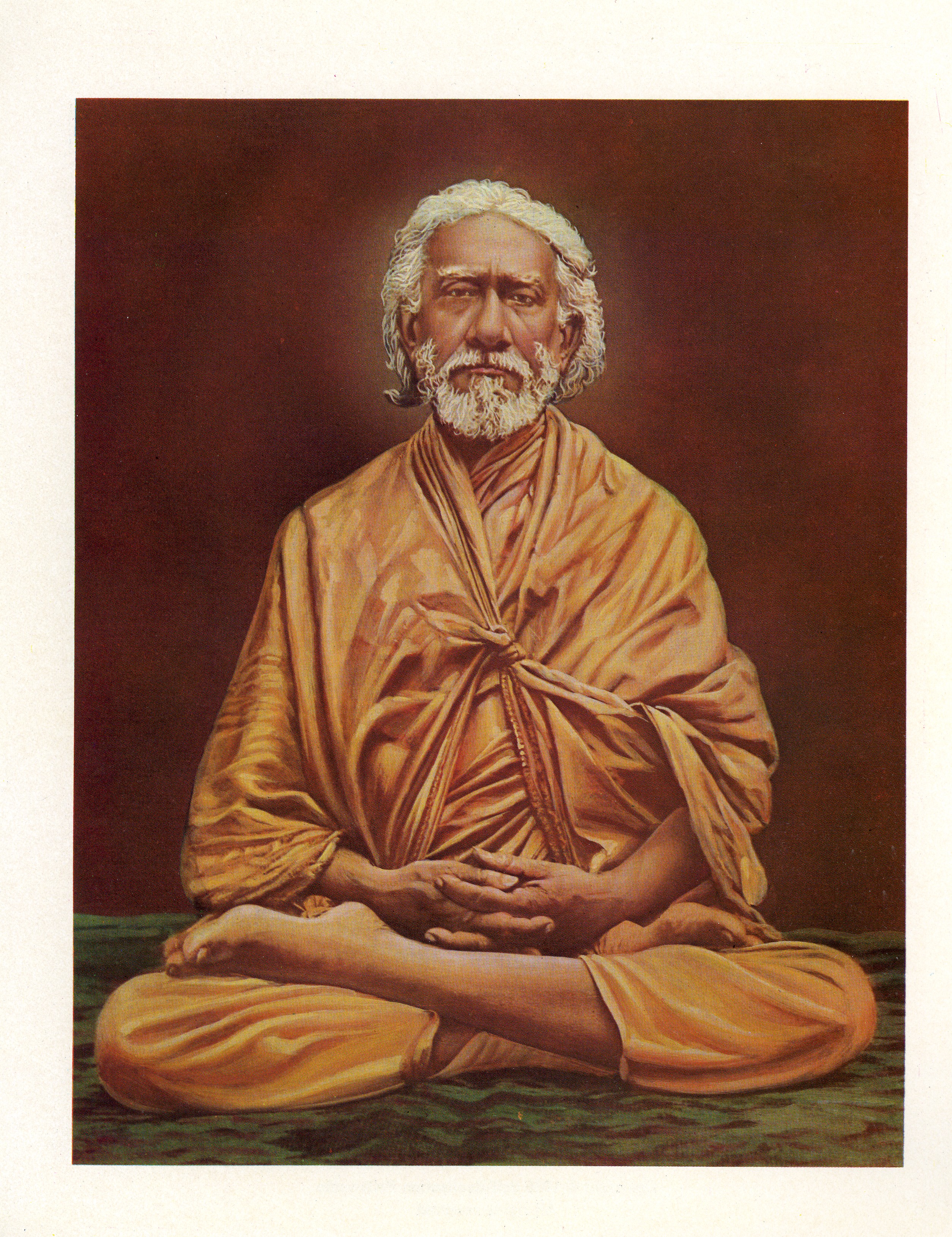
Stillness is one of the great virtues of spiritual consciousness. Some might associate stillness with death; a dead body does not breathe or move or show signs of life. A yogi, one in union with God, may not breathe, or very shallowly, may not show signs of life, yet such stillness is the opposite of death—dead perhaps to the world for a while, but by no means the inertness of a dead body.
Inner stillness of the yogi comes with deepened meditation; the body becomes quiet and the mind enters into the great stillness—awareness continues, but the constant monologue of the mind stops. When I have been out cross-country skiing or snow shoeing, the swish or crunch of snow is all that makes noise. Suddenly, coming to a stop, the snowflakes quietly fall and there is total quiet, such a hush is all around—a remarkable feeling. There is an element of that hush that is in this inner stillness, a feeling of magic almost, of awe that moves the soul.
But, such stillness does not come easily to a culture that is all about movement, doing things, and constant stimulation to the senses. When I was in silence and seclusion for a year we had a couple of retreat weekends in which devotees joined me in silence. However, there was much note writing at times, giggling and laughing, one person continued to talk in a whisper (somehow thinking that was keeping silence!), telling me how much they would like to be in silent retreat for a prolonged time. Real silence is not so easy.
However, with deepened practice, we can touch that realm of inner silence that gives us true rest. We practice our kriya, chant God’s name, meditate on Hong Sau, and suddenly we find ourselves dropped into that inner realm of stillness, even if for just a moment. On headstones of the dead we read, “Rest in peace,” and can imagine, “Oh, that one is finally getting true rest from living life on this earth.” The truth is, we can have that rest even while in the body, it brings that refreshment we might imagine when the restless tides of the breath are finally stilled. It may be a challenge, but what a worthwhile challenge it is to take up.
To begin, use your imagination. It is most common in attempting to enter silence that you are aware of how un-silent you are! Use your mind’s ability to conjure images: of being in the quiet of a snowy paradise, or entering into the precincts of an ancient temple, sitting at the feet of a venerable saint—let your mind rest in those peaceful surroundings, being fully aware, but very still. Let that quiet saturate your soul, nurture you in peace. Simply reside there—no place to go, nothing to do but be in the stillness.
As you learn to attune your mind to this stillness you find that you can carry it into your daily life. It may be easiest while you are walking in the woods or by a body of water, or while tending your garden. However, with practice you can also experience this inner stillness while you are meeting with others, doing ordinary tasks throughout the day. Just imagine being in that quiet stillness all through your day, then how would you feel at the end of the day? How much less stress there is in your body, how much energy you feel, and how good you feel about decisions you have made from that place of stillness.
Learn to touch upon the power of stillness, make it a part of your daily practice. David spoke a great truth when he said, “Be still, and know that I AM God (Psalm 46:10). True stillness takes you beyond your self; it is the gateway to realizing your oneness with the Infinite. Sri Yukteswarji wrote in the Holy Science that knowing God fulfills all of your heart’s desires. That being the case, then you enter into the silence of God-consciousness, you are perfectly content, this awareness loops you back into even greater stillness—you no longer have need of a constant restless nature and it simply drops away. So, let us begin now.